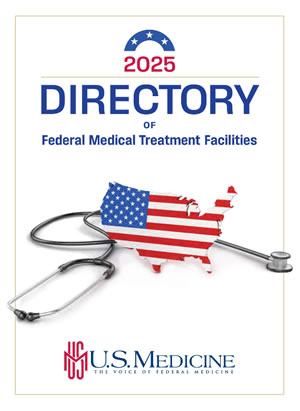BETHESDA, MD — To help save lives, especially in battlefield situations, the U.S. military has frequently used a so-called walking blood bank to obtain warm, fresh whole blood (WFWB).
A new study led by the Uniformed Services University of the Health Sciences discusses the frequency of use of what is formally known as an “emergency donor panel” (EDP). The blood is drawn and then immediately transfused into the casualty.
To determine frequency of usage, the study team analyzed data from 2007 to 2015 within the DoD Trauma Registry for U.S. Coalition and U.S. contractor casualties that received at least 1 unit of blood product within the first 24 hours and described the frequency of WFWB use.
The results, published in BMJ Military Health, noted that there were 3,474 casualties that met inclusion, of which, 290 casualties (8%) required activation of the EDP. While the highest proportion of EDP events was in 2014, the highest number of EDP events was in 2011.1
“Median injury severity scores were higher in the recipients, compared with non-EDP recipients (29 vs. 20), as were proportions with serious injuries to the abdomen (43% vs. 19%) and extremities (77% vs. 65%),” the researchers explained.
In addition, they noted that the median number of units of all blood products, except for packed red blood cells, was higher for WFWB recipients.
Of the WFWB recipients, the study reported that the median was 5 units (IQR 2–10) with a maximum documented 144 units. In 4 documented cases of EDP, recipients received more than 100 units of WFWB, but only one survived until hospital discharge.
During the study period, a total of 3,102 (3%) units of WFWB were transfused among a total of 104, 288 total units.
“We found nearly 1 in 11 casualties who received blood required activation of the EDP,” the researchers concluded. “Blood from the EDP accounted for 3% of all units transfused. These findings will enable future mission planning and medical training, especially for units with smaller, limited blood supplies. The lessons learned here can also enable mass casualty planning in civilian settings.”
- Lin CY, Hamm JD, Fisher AD, Rizzo JA, Corley JB, April MD, Schauer SG. Frequency of deployed emergency donor panel use prior to implementation of the low titre group O whole blood program. BMJ Mil Health. 2024 May 16:e002641. doi: 10.1136/military-2023-002641. Epub ahead of print. PMID: 38754974.


